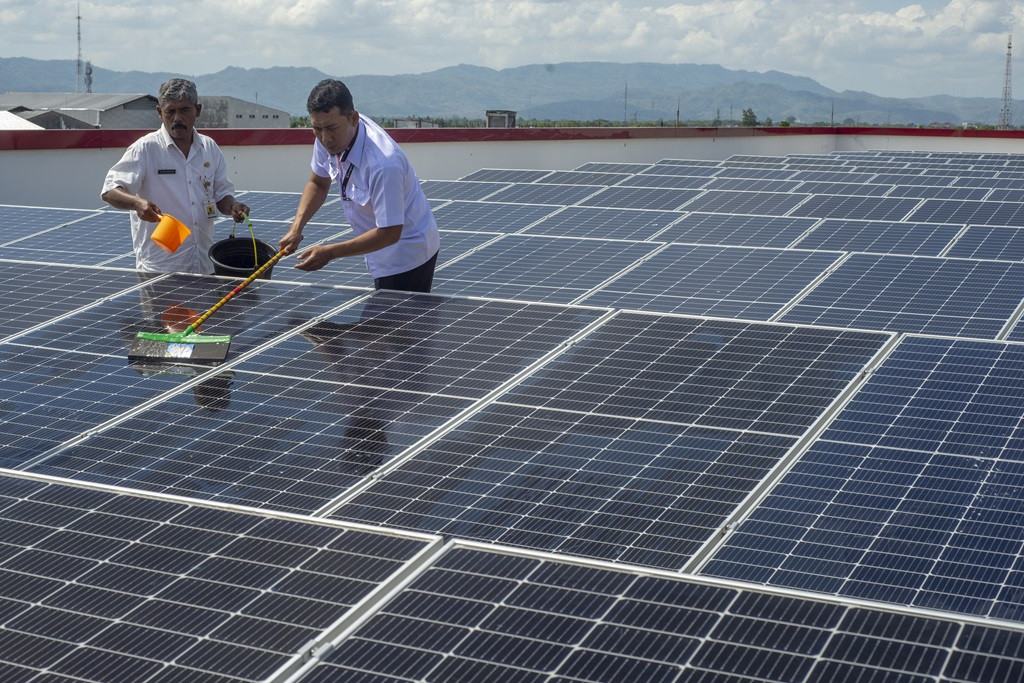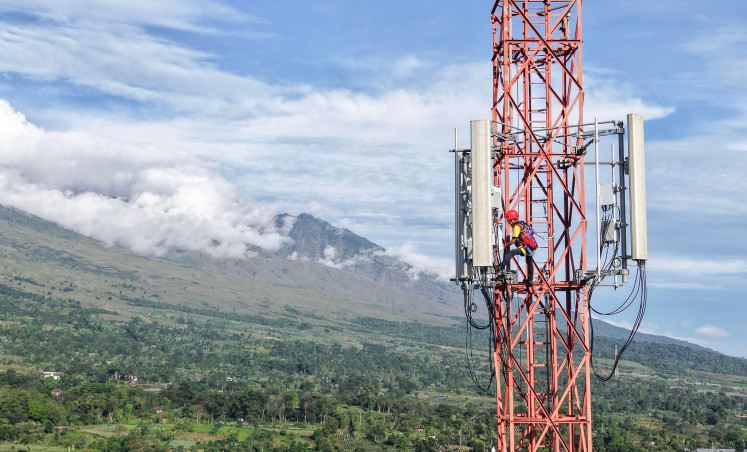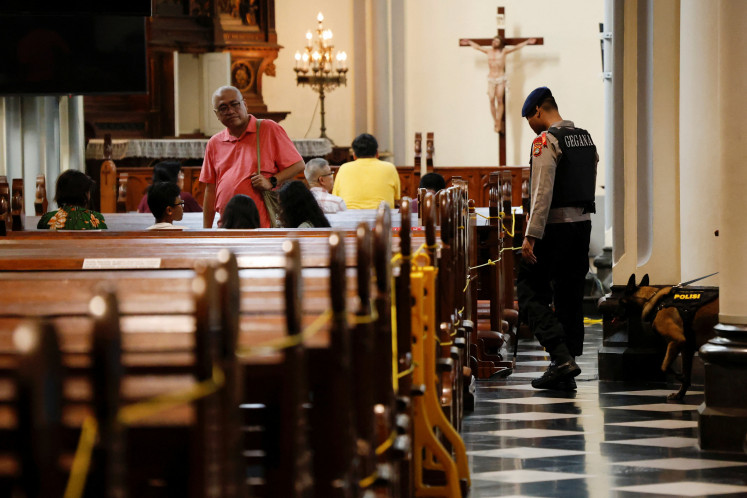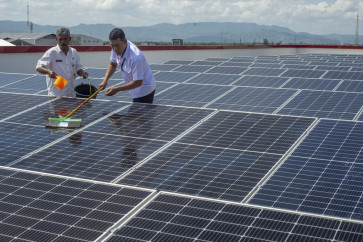Popular Reads
Top Results
Can't find what you're looking for?
View all search resultsPopular Reads
Top Results
Can't find what you're looking for?
View all search resultsYearender: A sobering year for the energy transition
The country's energy transition began with high hopes, but the course of the year has revealed some serious challenges to achieving its emissions reduction targets, including electricity generation costs and lack of funding, especially the makeup of the long fabled JETP.
Change text size
Gift Premium Articles
to Anyone
I
ndonesia, like most other countries, has committed to cutting carbon emissions by relying less on coal and more on renewable sources of energy, but the past year has revealed serious challenges to this effort.
The installed capacity for new and renewable energy (NRE) reached 12.5 percent of the total electricity generation capacity in mid-2023, according to the Energy and Mineral Resources Ministry, still far below the 17.9 percent target set for this year.
The figure is a minuscule increase from 12.2 percent in 2021 and 12.3 percent in 2022.
Indonesia Center for Renewable Energy Studies (ICRES) chairman Surya Darma said the expansion in the country’s NRE capacity lagged the increase in electricity generation capacity of coal-fired power plants.
“A more serious and consistent effort from the government is critical, including by providing incentives to push [clean power use] in the country,” he told The Jakarta Post on Dec. 21.
The ministry’s projections for the year showed that NRE energy capacity nationwide would grow by 115 megawatts (MW), not even a third of the 368 MW targeted.
In contrast, coal-fired power plants reached electricity generation capacity amounting to 530 MW by midyear.



















